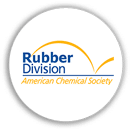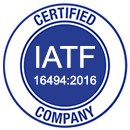Injection molding rubber is a combination of injection and transfer molding that Coi Rubber Products uses quite frequently to maximize the number of cavities in a given footprint. It is commonly used within liquid injection and/or LSR molding. Some classifications with liquid injection versus transfer injection would further provide subcategory classifications.
Injection Molding
- Perfect for large volume runs of small-to-medium size parts
- Good for intricate metal inserts, thin-wall diaphragms and similar components requiring uniform physical properties
- 300 ton to 1000 ton clamping pressure
Advantages of Injection (LSR) Molding Rubber:
- Tooling can be more complex and higher precision than compression
- Material properties created within A/B mix can have superior properties
- Process is suitable from most elastomers and cure systems
- Cycle times may be shorter reducing time while increasing efficiency
- Complete elimination of pre-forms, a labor-intensive step that can introduce variability in pre-form weight and shape resulting in variability of the finished product.
Disadvantages of Injection Molding vs. other rubber molding methods
- Labor for preforming material can add cost (however offshore manufacturing curtails this problem)
- Cycle times may be longer (additional shifts counter this problem)
- Tooling can be more complex and higher cost to construct than compression
- Higher percentage material runner scrape vs. compression molding








